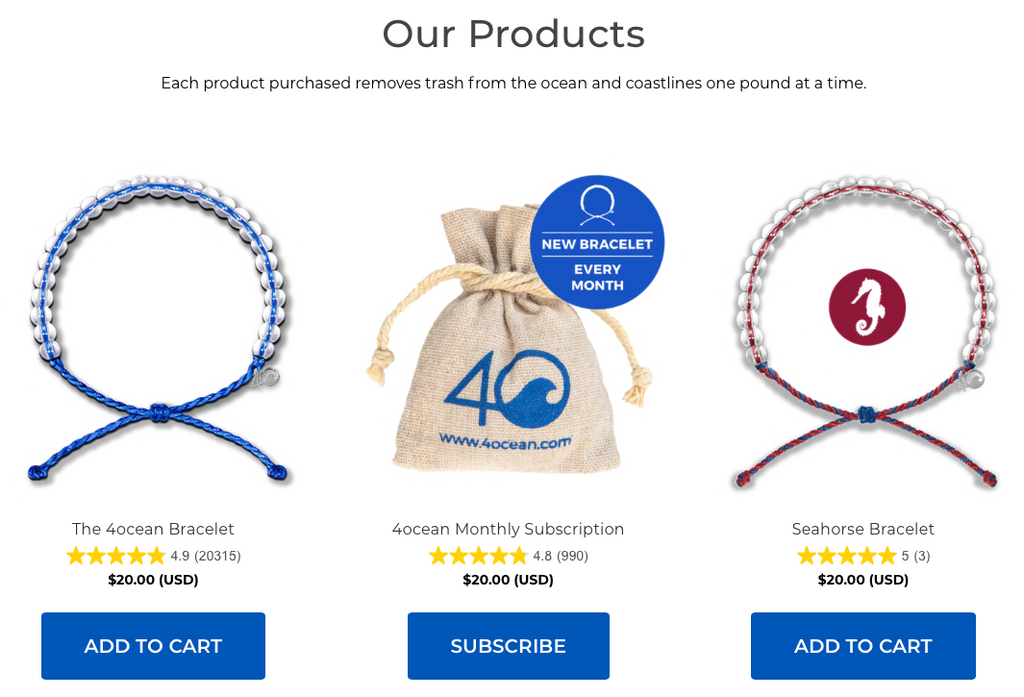Photo: @osleton - The Vortex Swim
There is a man, an adventurer, an incredible athlete that is out in the middle of the Great Pacific Garbage Patch today, as you are reading this, free swimming in the vast blue expanse of the now infamous trash gyre to raise awareness about and help advance the science of plastic pollution in the ocean –– 4ocean is with him every stroke and breath of the way.
Ben Lecomte, the first person to swim the Atlantic without a kickboard and a man who has already swum 1,500 nautical miles from Tokyo on his way to San Francisco, is now in the midst of his third "first-of-its-kind" swim in the middle of the Great Pacific Garbage Patch.
The goal of this expedition is for Ben to swim up to eight hours a day, for a total of 300 nautical miles or more, over a three month period while creating a snapshot of just how much plastic is potentially in the gyre. And what effects this ocean plastic pollution is having on the fish, birds, and marine mammals that live there.
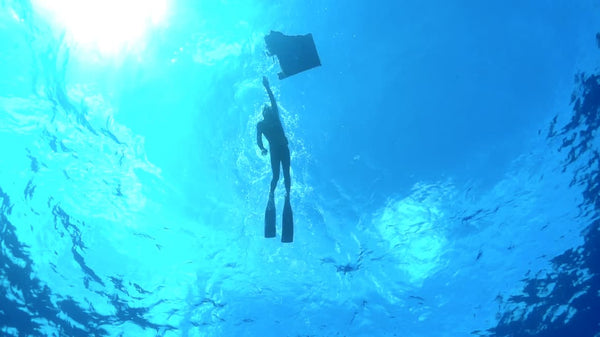 Photo: @sea_marshall - The Vortex Swim
Photo: @sea_marshall - The Vortex Swim
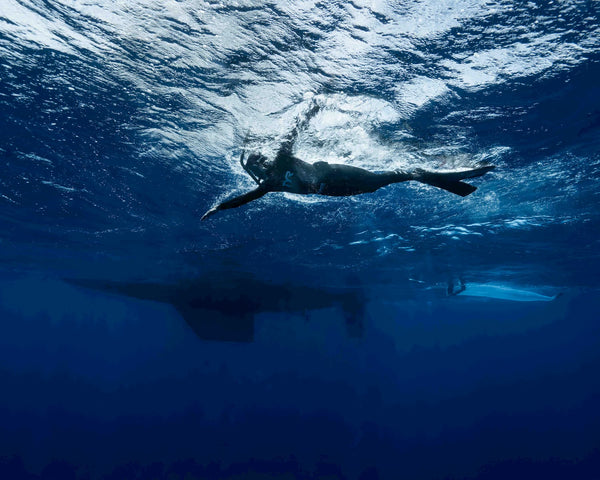 Photo: @joshmunoz - The Vortex Swim
Photo: @joshmunoz - The Vortex Swim
This incredible combination of endurance and science is called The Vortex Swim, and it is one of the most ambitious expeditions ever to document and study plastic pollution in the Great Pacific Garbage Patch. Taking place during the voyage are more than 15 scientific and observational protocols which are studying things like microplastics in the water column, high definition water data, marine life on plastic debris, the oceanic soundscape, human biometrics, and the GPS tracking of large "targets" of floating plastic.
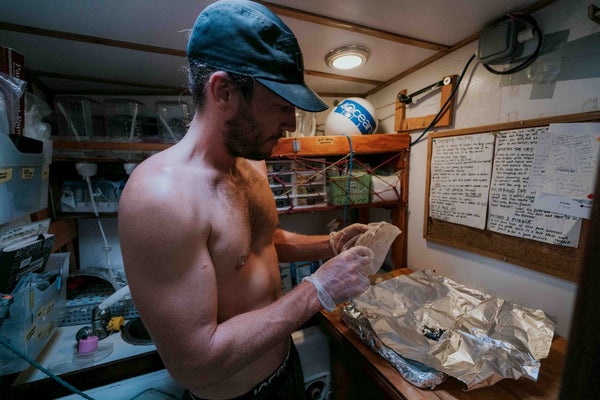 Photo: @joshmunoz - The Vortex Swim
Photo: @joshmunoz - The Vortex Swim
4ocean is super-excited to have forged a partnership with The Vortex Swim to fund, deploy, and track in real-time these 4ocean GPS buoys that are attached to the large pieces of floating plastic. There are five buoys in total that will be attached to different pieces of plastic and debris and each one will help drive the science forward as to how plastic moves around the vortex and what types of wildlife congregate on and around each piece.
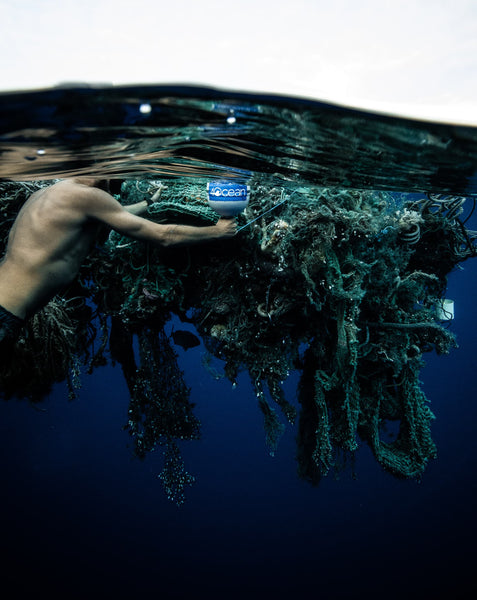 Photo: @sea_marshall - The Vortex Swim
Photo: @sea_marshall - The Vortex Swim
As these large pieces of plastic are identified by the crew, a number of actions will take place prior to the 4ocean GPS buoys being deployed.
- First, the floating plastic will be thoroughly documented with photography and high-def videography.
-Second, all of the life that is attached to or that is living around the flotsam will be identified.
-Third, virgin pieces of a substrate will be attached to the target plastic so that when the 4ocean GPS Trackers are retrieved, they will see what kind of marine life has grown over time.
-Finally, the 4ocean GPS Tracker buoys will be attached and the target plastic sent on its way.
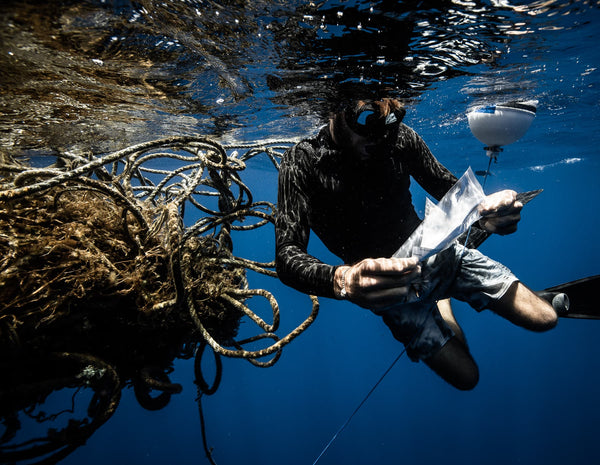 Photo: @sea_marshall - The Vortex Swim
Photo: @sea_marshall - The Vortex Swim
So far, Ben has swum more than 265 nautical miles of his 300 nautical mile goal and attached four of the five 4ocean GPS Trackers. There is a website dedicated to monitoring these 4ocean GPS Tracker buoys and the pieces of plastic they are attached to. The site is now live and following the first four targets.
 Photo: @sea_marshall - The Vortex Swim
Photo: @sea_marshall - The Vortex Swim
Make sure to check it out and keep checking back periodically to see the movements of this plastic over time. These plastic targets are already yielding some real results and it will be very interesting to see how each one moves over the course of the next year.
We will update the progress of The Vortex Swim as more and more information becomes available, after all, they are in the middle of the Pacific Ocean. Make sure to follow the expedition on Facebook, Instagram, and Twitter and follow the live tracker of Ben's location in the Great Pacific Garbage Patch.






